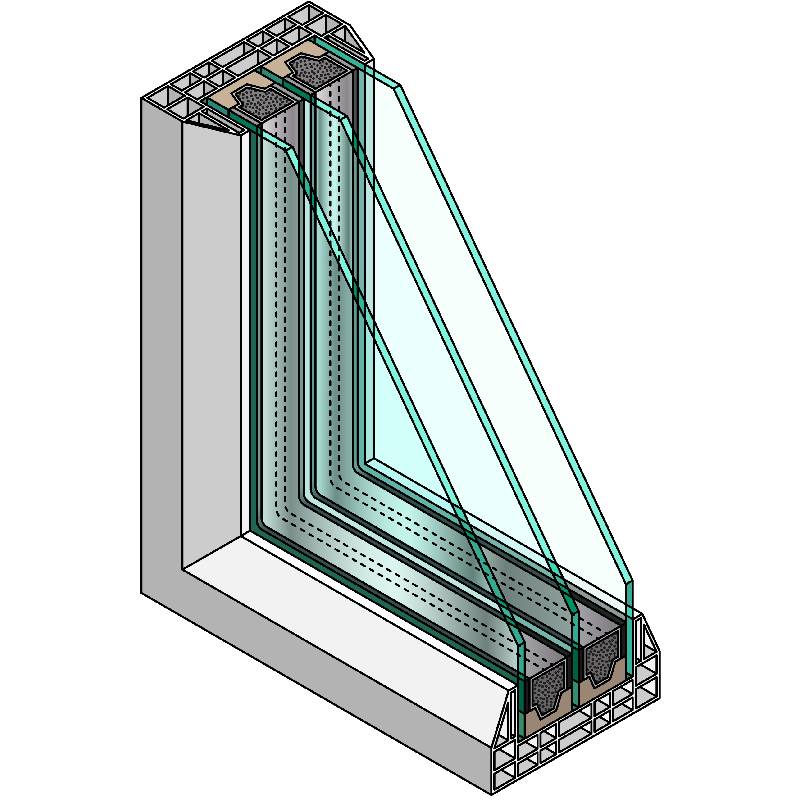

Understanding the Cost of Low-E Glass per Square Metre
Low-emissivity (Low-E) glass has gained popularity in the construction and renovation of buildings due to its remarkable energy efficiency. This type of glass has a special coating that reflects heat while allowing natural light to enter. In the quest for sustainable building practices and energy conservation, understanding the cost of Low-E glass per square metre is crucial for both homeowners and builders.
What is Low-E Glass?
Low-E glass is made by applying a thin metallic coating to the glass surface. This coating significantly reduces the amount of infrared and ultraviolet light that can pass through the glass without compromising the amount of visible light. The main advantage of Low-E glass is its ability to maintain a comfortable indoor temperature, which can lead to reduced energy costs for heating and cooling.
Factors Influencing the Cost
The cost of Low-E glass per square metre varies based on several factors
1. Type of Low-E Glass There are different grades and types of Low-E glass available in the market. Tempered Low-E glass, for example, tends to be more expensive due to its increased strength and safety features. Similarly, triple-glazed Low-E glass tends to cost more than double-glazed.
2. Thickness of the Glass The thickness of the glass panel can also affect the price. Thicker panels generally provide better insulation and durability, but they also come at a higher cost.

3. Manufacturing Processes The production technology and processes involved in creating Low-E glass impact its cost. Advanced production methods that enhance energy efficiency or durability may lead to increased prices.
4. Market Demand The cost can also fluctuate based on market demand. Higher demand during construction booms can drive prices up, whereas lower demand periods might see more competitive pricing.
5. Geographical Location The price of materials can vary widely based on location. In some areas, the availability of Low-E glass might be limited, leading to higher costs. In contrast, regions with multiple suppliers may offer more competitive pricing.
Average Cost Estimation
As of recent estimates, the average cost of Low-E glass per square metre ranges from $50 to $100, although this can vary significantly based on the factors mentioned above. This price includes the glass itself but does not account for installation costs, which can add an additional $30 to $50 per square metre, depending on the complexity of the installation and local labor rates.
Benefits vs. Cost
When evaluating the cost of Low-E glass, it is essential to consider the long-term benefits. Although the initial investment may be higher than standard glass, the energy savings over time can offset these costs. Buildings with Low-E glass can see a reduction in energy bills by as much as 10-25%, making it a worthwhile investment for many properties.
In conclusion, while the upfront cost of Low-E glass per square metre might be a consideration for many homeowners and builders, the energy efficiency benefits and potential long-term savings make it an attractive option. As sustainability continues to become a priority in the building industry, Low-E glass remains a viable solution for energy-efficient construction. Investing in Low-E glass not only improves the comfort of living spaces but also contributes to a more sustainable future.